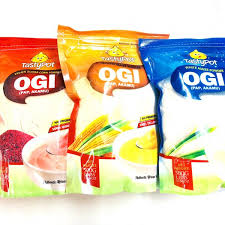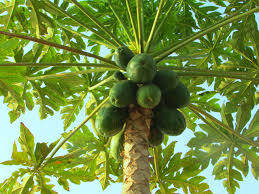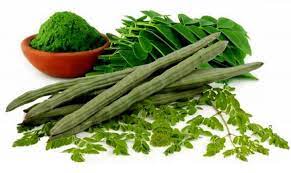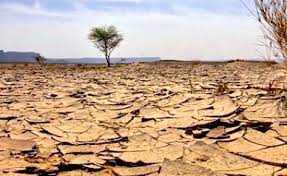
Maize or corn is a cereal crop that is grown widely throughout the world in a range of agroecological environments. More maize is produced annually than any other grain.
About fifty (50) species exist and consist of different colors, textures and grain shapes and sizes. White, yellow and red are the most common types. The white and yellow varieties are preferred by most people depending on the region.
Maize was introduced into Africa in the 1,500s and has since become one of Africa’s dominant food crops. Like many other regions, it is consumed as a vegetable although it is a grain crop. The grains are rich in vitamins A, C and E, carbohydrates, and essential minerals, and contain nine percent (9%) protein. They are also rich in dietary fiber and calories which are a good source of energy.
Maize is the most important cereal crop in sub-Saharan Africa (SSA) and an important staple food for more than one billion, two hundred million (1,200,000,000) people in sub-Saharan Africa (SSA) and Latin America.
All parts of the crop can be used for food and non-food products. In industrialized countries, maize is largely used as livestock feed and as a raw material for industrial products. Maize accounts for thirty to fifty percent (30−50%) of low-income household expenditures in Eastern and Southern Africa.
Worldwide production of maize is seven hundred and eighty-five million (785,000,000) tons, with the largest producer, the United States, producing fourty-two percent (42%). Africa produces six point five percent (6.5%) and the largest African producer is Nigeria with nearly eight million (8,000,000) tons, followed by South Africa. Africa imports twenty-eight percent (28%) of the required maize from countries outside the continent.
Most maize production in Africa is rain fed. Irregular rainfall can trigger famines during occasional droughts.
According to a food and agriculture organization (FAO) estimates (2007), one hundred and fifty-eight million (158,000,000) hectares of maize are harvested worldwide. Africa harvests twenty-nine million (29,000,000) hectares, with Nigeria, the largest producer in sub-Saharan Africa (SSA), harvesting three percent (3%), followed by Tanzania.
Worldwide consumption of maize is more than one hundred and sixteen million (116,000,000) tons, with Africa consuming thirty percent (30%) and sub-Saharan Africa (SSA) twenty-one percent (21%).
However, Lesotho has the largest consumption per capita with one hundred and seventy-four (174) kilogrammes per year. Eastern and Southern Africa uses eighty-five percent (85%) of its production as food, while Africa as a whole uses ninety-five percent (95%), compared to other world regions that use most of its maize as animal feed.
Ninety percent of white maize consumption is in Africa and Central America. It fetches premium prices in Southern Africa where it represents the main staple food. Yellow maize is preferred in most parts of South America and the Caribbean. It is also the preferred animal feed in many regions as it gives a yellow color to poultry, egg yolks and animal fat.
Maize is processed and prepared in various forms depending on the country. Ground maize is prepared into porridge in Eastern and Southern Africa, while maize flour is prepared into porridge in West Africa. Ground maize is also fried or baked in many countries.
In all parts of Africa, green (fresh) maize is boiled or roasted on its cob and served as a snack. Popcorn is also a popular snack.
“Ogi” is a fermented product made from maize. Traditionally, it is obtained in wet form and serves as breakfast cereal for both children and adults. “Ogi” prepared by the traditional method has short shelf-life, and therefore, requires adequate processing to make it shelf-stable and of high quality.
The main raw material i.e. maize is readily available in commercial quantity in Nigeria.
There is enormous demand for various types of breakfast cereals and weaning foods in Nigeria. Many homes and indeed many individual consume various types of cereals on a fairly regular basis.
Ogi powder is consumed as a breakfast cereal and also as weaning food for children. For many families, it comes as a cheap but good source of carbohydrate especially when compared with and other brands of cereals in the market.






















